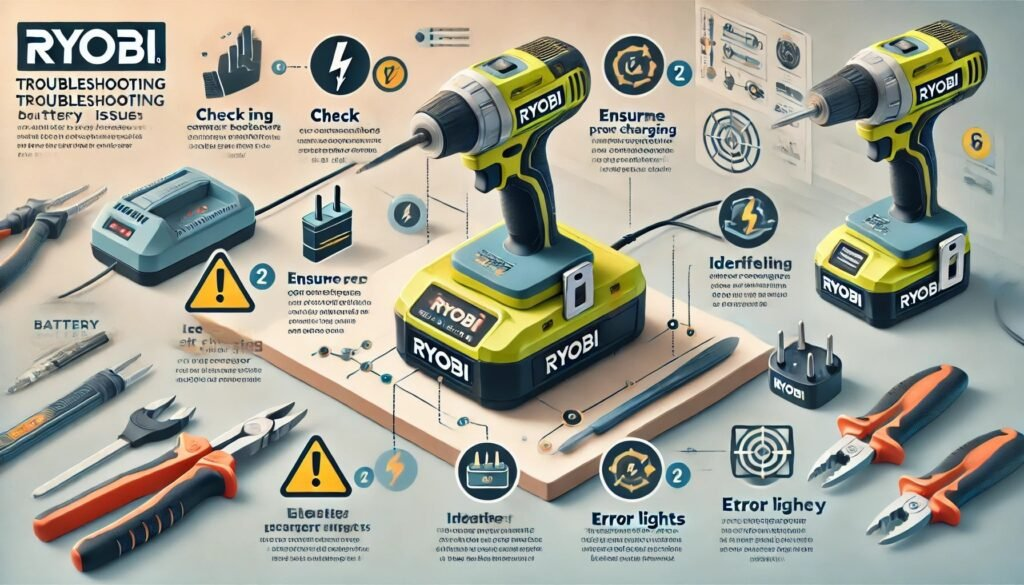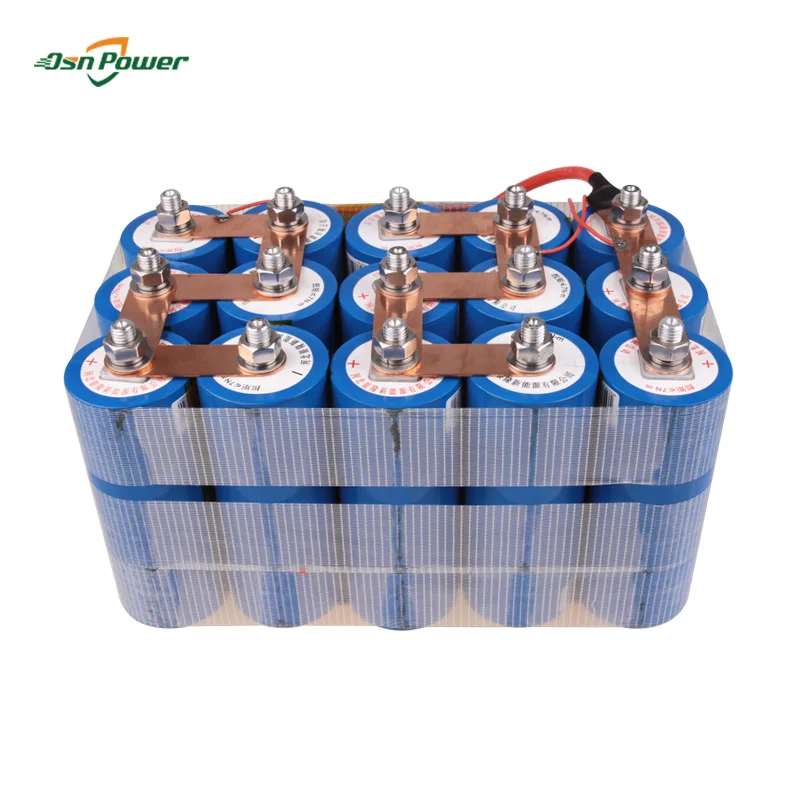Ice batteries are revolutionizing the way we approach cooling in commercial buildings, providing innovative energy storage solutions that utilize a unique principle reminiscent of Victorian-era icehouses. By freezing water during periods of low energy costs, these systems can store cold energy to be deployed later, effectively addressing peak cooling demand in HVAC technology. Companies like Nostromo Energy and Ice Energy are at the forefront of this technology, creating systems that not only save costs but also enhance efficiency in commercial cooling systems. The IceBear units, for instance, seamlessly integrate with existing setups to shift significant energy loads to off-peak hours, offering significant savings on energy bills. As more businesses look for sustainable ways to manage their energy consumption, ice batteries stand out as a promising alternative, maintaining temperature control without the drawbacks of traditional battery systems—namely, chemical degradation.
Often referred to as thermal batteries, these innovative systems leverage the power of frozen water to provide an eco-friendly cooling alternative. Ice storage technology harnesses energy during off-peak times, converting it into a form of thermal energy that can be utilized when cooling needs are at their highest. This approach not only mitigates the strain on local energy grids but also aligns well with modern trends in energy efficiency and sustainability. By redistributing energy usage, businesses can significantly lower their operational costs while enhancing the effectiveness of their cooling systems. Ultimately, exploring these advanced energy storage methods opens new avenues for optimizing HVAC performance and reducing environmental impact.
Understanding Ice Batteries as Energy Storage Solutions
Ice batteries represent an innovative approach to energy storage solutions, specifically tailored for commercial cooling systems. By leveraging the principle of freezing water when energy rates are low, these systems provide a way to store cool energy for later use. This method not only reduces reliance on traditional power sources during peak cooling demand but also presents a sustainable alternative to energy-intensive air conditioning units. Companies like Nostromo Energy and Ice Energy are at the forefront of this technology, pushing the boundaries of how we think about energy consumption in large buildings.
In contrast to conventional lithium-ion batteries that can degrade over time, ice batteries offer a unique feature: the water used in their operation is endlessly reusable, making them a more sustainable option. This aspect of thermal batteries enhances their appeal in regions with limited water resources, rendering them a reliable choice for energy-constrained environments. By transforming the landscape of HVAC technology, ice batteries are not just cost-effective but also contribute to a decrease in greenhouse gas emissions, helping businesses meet their sustainability goals.
Frequently Asked Questions
What are ice batteries and how do they work as energy storage solutions?
Ice batteries are innovative energy storage solutions that utilize the principle of freezing water to store cold energy. When energy costs are low, water is frozen, and this stored cold is later used to reduce cooling loads during peak demand periods, making cooling systems like HVAC more efficient.
How can ice batteries reduce cooling costs in commercial buildings?
Ice batteries help reduce cooling costs in commercial buildings by shifting energy consumption to off-peak hours. By storing cold energy when electricity rates are lower and using it during peak cooling demand, businesses can significantly lower their energy bills and improve the efficiency of their commercial cooling systems.
What benefits do ice batteries offer compared to traditional energy storage solutions?
Unlike traditional energy storage solutions like lithium-ion batteries, ice batteries don’t chemically degrade and can endlessly reuse water for cooling. This makes them a sustainable option for energy storage, specifically tailored to meet the demands of HVAC technology without the risks associated with battery waste.
How does the Ice Bear 40 integrate with existing HVAC systems?
The Ice Bear 40 is designed to seamlessly integrate with existing HVAC systems, shifting up to 95% of peak cooling demand to off-peak hours. This integration allows for a more efficient energy usage model, ultimately reducing costs while optimizing cooling during high-demand periods.
Are there any drawbacks to using ice batteries for cooling?
While ice batteries are highly effective for cooling energy storage, they have limitations. They only store cold energy and are not suitable for other electrical needs, such as powering light bulbs or appliances. However, they excel at managing the largest energy drain in buildings: cooling.
Can ice batteries help in areas with limited water resources?
Yes, ice batteries can be implemented even in areas where water is scarce. The use of water for freezing and reusable cold energy storage makes ice batteries a practical solution for energy-efficient cooling in various climates.
What role do ice batteries play in decentralizing energy storage?
Ice batteries have the potential to decentralize energy storage by providing localized cooling solutions that reduce the strain on the grid during peak demand times. This technology is already showcasing its efficacy in high-demand regions like California and Texas, demonstrating an innovative approach to energy management.
| Feature | Details |
|---|---|
| Concept | Ice batteries use the principle of icehouses to cool buildings by freezing water when energy is cheap. |
| Energy Storage | Store cold energy to reduce cooling costs for air conditioning systems. |
| Pioneers | Companies like Nostromo Energy and Ice Energy are leading the development of this technology. |
| Nostromo’s IceBrick | Offers 25 kWh of cooling capacity, costs around $250 per kWh, and can be installed on rooftops. |
| Ice Energy’s Ice Bear 40 | Integrates with HVAC systems and shifts up to 95% of cooling demand to off-peak hours. |
| Ice Bear 20 | Replaces traditional AC units while also serving as a thermal battery for homes. |
| Environmental Impact | Ice batteries do not chemically degrade like lithium-ion batteries and can be used in water-scarce areas. |
| Limitations | Only stores cooling energy, not usable for other electricity needs. |
| Potential Impact | Could decentralize energy storage and are valuable in high-demand regions. |
Summary
Ice batteries are a revolutionary approach to energy storage and efficient cooling systems in buildings. By utilizing the principle of freezing water, ice batteries significantly reduce cooling costs associated with air conditioning, making them an attractive option for commercial and residential use. With advancements from companies like Nostromo Energy and Ice Energy, this technology not only offers cost-efficient solutions but also supports sustainable practices by avoiding the degradation seen in traditional battery systems. As the demand for cooling energy continues to rise, ice batteries present a compelling solution to ensure efficient energy management.



